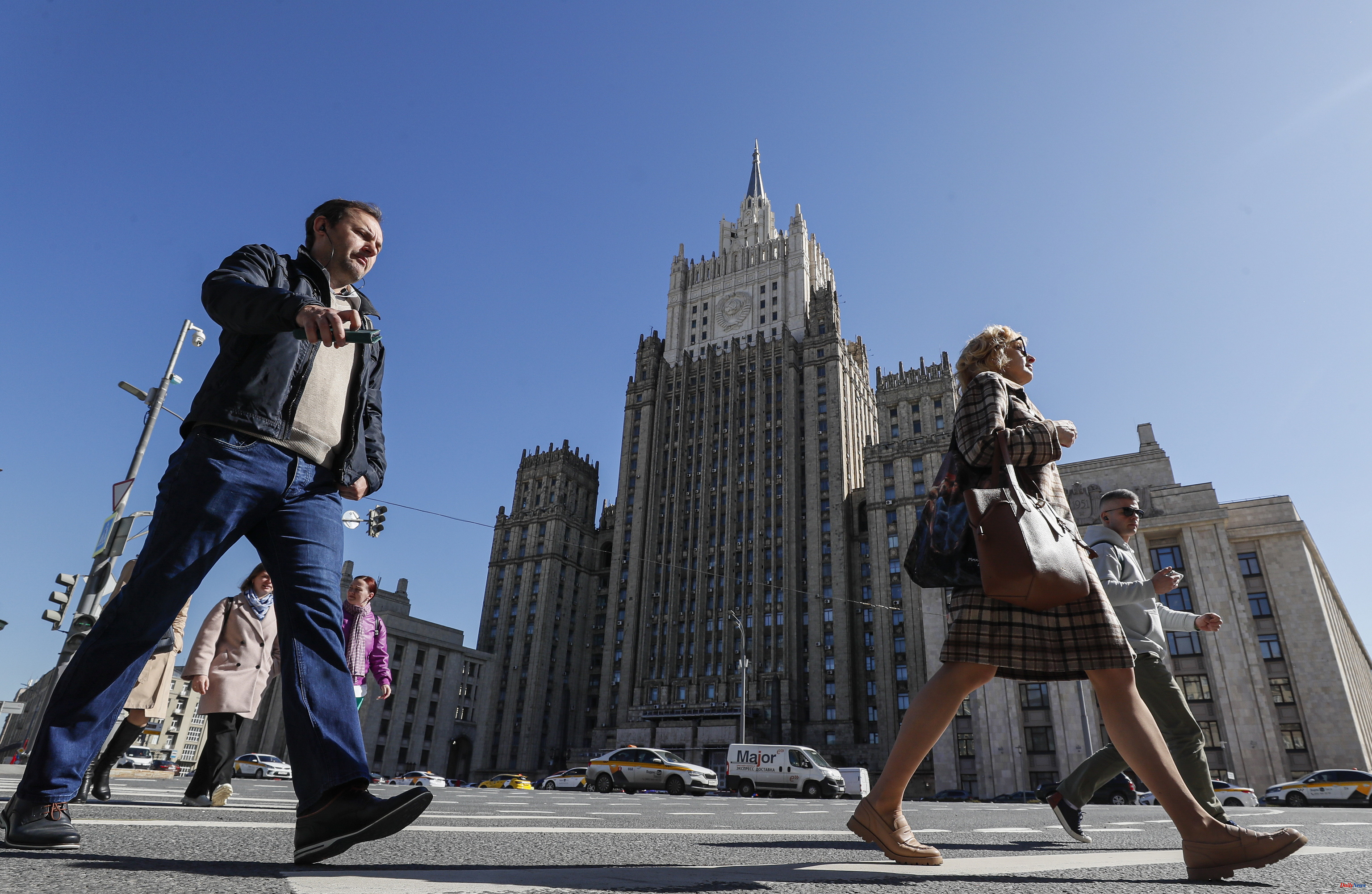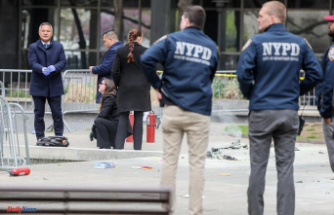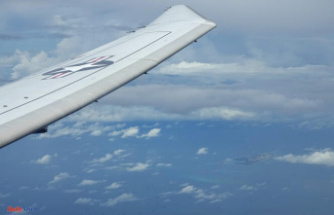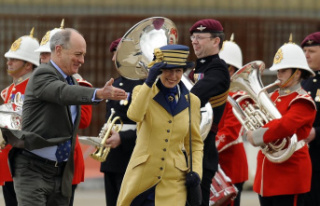Russia's offensive in Ukraine has exacerbated Russia's long-running demographic crisis, a structural trend that may further hurt a sanctions-hit economy. In a country already suffering from a dwindling workforce due to persistently low birth rates, the conflict adds a host of hardships that can last for years.
The mobilization of hundreds of thousands of men withdrew them from the labor market, at the same time that it pushed the most educated segments of the population to flee the country. "Russia is short of workers," Alexei Rashka, a demographer formerly working for the official Rosstat statistics agency, told AFP. "It's an old problem, but it's gotten worse because of the mobilization and mass departures," he said.
After the collapse of the Soviet Union in the 1990s, Russia inherited its low birth rates caused by economic hardships and uncertainty about the country's future.
Russian President Vladimir Putin has tried to encourage families to have children, touting "traditional values" as a way to resolve what he sees as an existential crisis. As part of this strategy to increase the population, he introduced a financial aid for families from the second child and the following ones.
Russian authorities have not given figures on casualties among their troops in Ukraine since September 2022, when the Defense Ministry announced 5,937 deaths. Estimates from Western countries put 150,000 dead and wounded on each side.
"We don't know the exact losses from the military operation, but 300,000 people were mobilized, further reducing the number of young people working," said Natalia Zubarevich, an expert at Moscow State University.
These battlefield casualties are added to those of the deadly covid pandemic, which "hit Russia hard," Igor Yefremov, an expert in demography, told AFP. The official statistics collect around 400,000 victims of the coronavirus in Russia, although the real balance is estimated to be much higher.
Given the shrinking size of the workforce, Russia's low unemployment rate of 3.5% may not be a good sign, but rather a reflection of a recruitment shortage and difficulties in various sectors to fill vacancies.
A survey published on April 19 by the Central Bank of Russia confirmed "acute" tensions, particularly in "processing industries," transportation, and "water supply."
A study published last month by the High School of Economics pointed out that Russia will need between 390,000 and 1.1 million immigrants every year until the end of the century to avoid a population decline. But some sectors will not be able to make up for the loss of workers, especially in industries that require high levels of education.
Rashka explained that the conflict in Ukraine caused two waves of emigration and in both there were "many highly qualified people, including computer and technology specialists", who left Russia. This expert estimated that around 150,000 people, including some 100,000 men, left the country between February and March 2022, weeks after the outbreak of the conflict. Another half million would have left after the mobilization announced by Putin in September, he added.
A recent law placed financial restrictions on draft evaders, which could encourage people on the run to settle permanently abroad. Even so, Zubarevich claimed that more than 60% of those who marched continue to work remotely for Russian companies. "And some of them are going to come back," he said.
According to the criteria of The Trust Project












